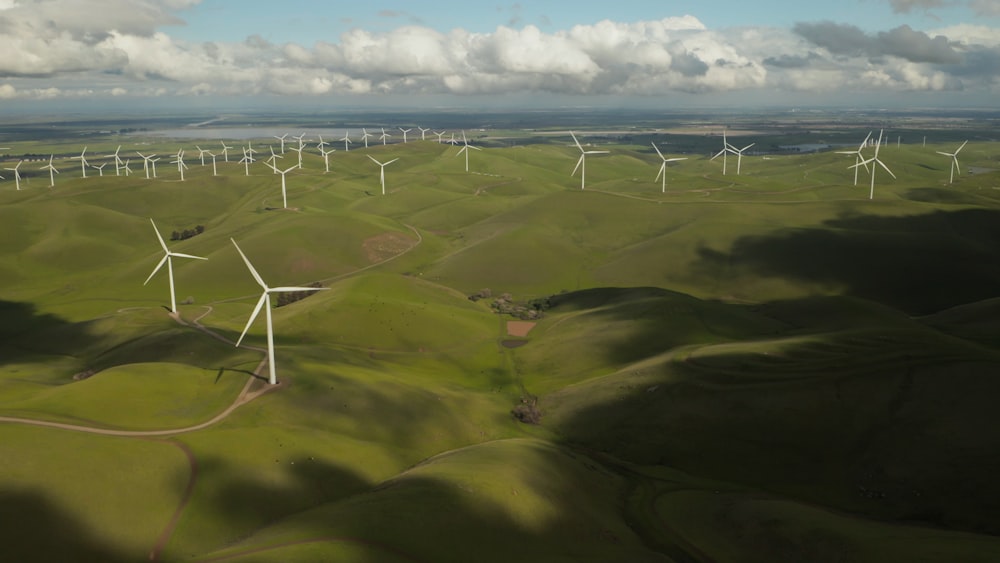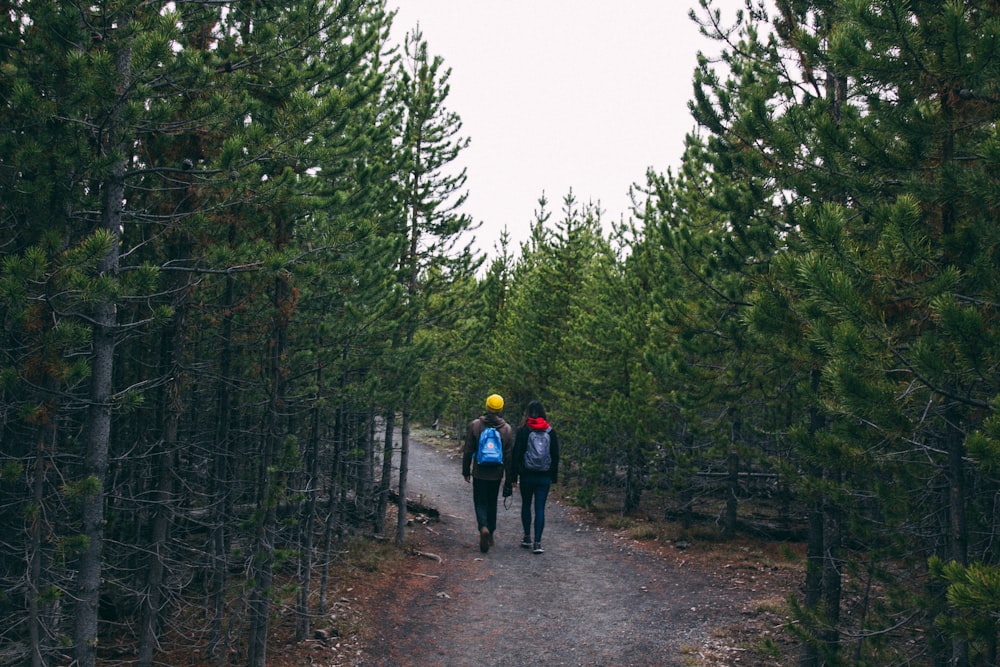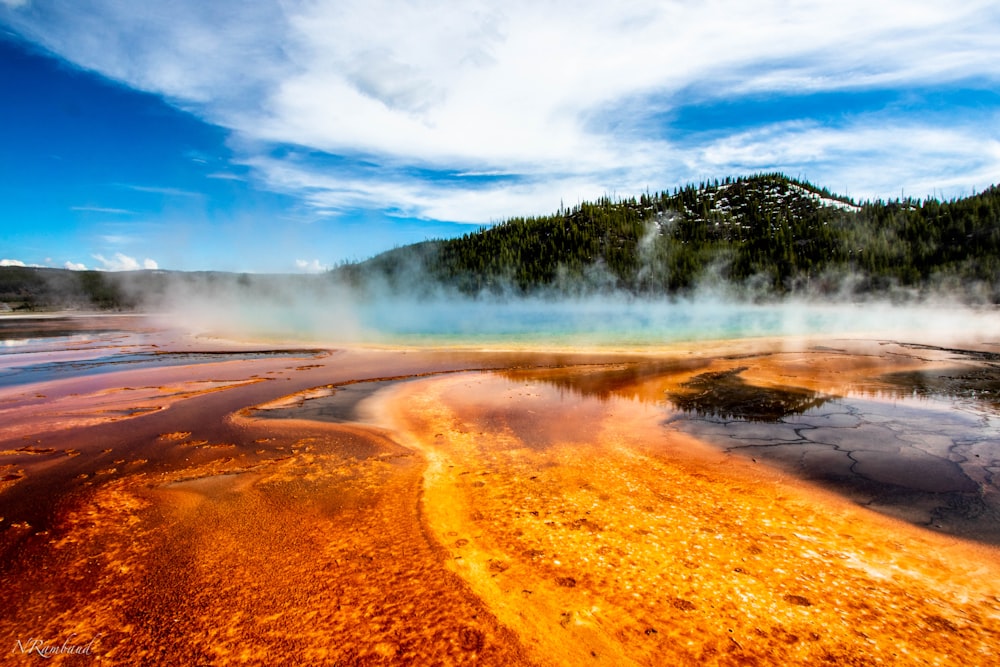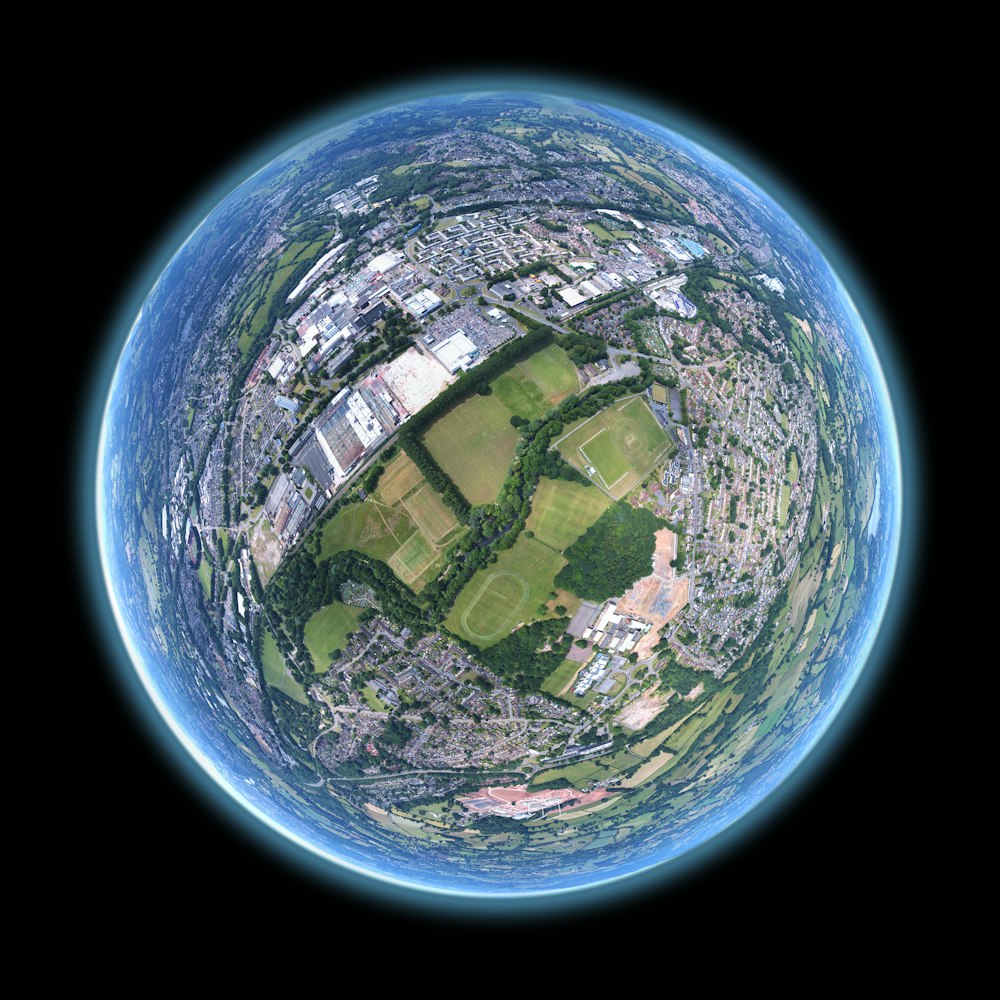Is Sustainability Dead? (Sustainable vs. Regenerative)

Working towards a more sustainable lifestyle is very popular right now, but is it enough? Sustainability has historically been the goal of eco-friendly movements, but now there is a newfound effort on the need for regenerative efforts. Regenerative programs are more aggressive than sustainable programs, sustainability by definition means to maintain the current state of the environment, whereas regenerative programs aim to restore the environment to its former state.

Our natural spaces have lost an exponential amount of their biodiversity, facing mass amounts of pollution and unpredictable weather. This environmental stress has greatly damaged our ecosystem, moving forward sustainability simply will not be enough, we must take a more aggressive approach. The environmental movement must instead move to the offensive, actively fighting back the degradation that has been done from human activity.
What is the regenerative movement?
Regeneration seeks to promote a more resilient environment that can withstand natural challenges. The key difference between regenerative and sustainable programs are being proactive versus reactive. Regenerative programs have three primary goals:
- increase health of human and natural environments
- foster positive feedback loops
- respect to local contexts

Programs that implement regenerative strategies utilize natural resources that do not take away from our wild spaces and that work to restore the health of our environment. Polyculture farming is growing more than one species at a time, imitating the natural environment they would grow in, in hopes of developing a new ecosystem.
Greenwave is a company working to revolutionize ocean farming by adopting this method. Greenwave currently yields high amounts of shellfish and seaweed, with a very small carbon footprint. By growing seaweed offshore farmers are able to neutralize on-shore agriculture carbon emissions, while using no freshwater, fertilizers, or feed. Programs such as this are regenerative because they build back ocean environments, and provide protection against future natural disasters.

Another regenerative effort is restoring our natural spaces. Yellowstone national park has taken on this task by working to restore its predator-prey relationships within the park. These programs have reintroduced the grey wolf into the park, which has helped restore the natural balance of the ecosystem, assisting in problems of overpopulation. Programs such as this are regenerative versus sustainable because they seek to move the environment back into its natural state, versus maintaining its current norm.
So, is sustainability canceled?
The rise in regenerative programs does not mean the end of sustainability. Any progress towards a more ecologically sound future is progress, yet within the green movement, there must still be criticism for more productive measures. The debate between sustainability and regeneration comes down to one question: is sustainability enough?
Currently, 75% of the earth’s land has been substantially degraded. Sustainability merely seeks to end the continuous destruction of our land and remain at 75%, while regenerating seeks to reverse this trend. In some instances, sustainability may be enough to maintain a healthy future, but in other instances reversing the harm human activity has already caused will be necessary for our future.

Still, sustainability is not dead. Regenerative programs are more aggressive and lead to more dramatic results, but that does not mean there is not a space for sustainability. Amanda Joy Ravenhill is the Executive Director at Buckminster Fuller Institute, she believes that: “they’re intertwined… there are parts of the sustainability conversation that have gotten a little stale and regeneration seems to be sparking people’s interest a little more.”
Sustainability programs are the strong backbones for a future of regenerative programs. When moving forward with green-programs it is important to recognize the progress that has been made so far–sustainability is that progress. It is now time for regeneration to build off that.
The future of our planet shows promise. Many environmental organizations are working to make this shift, understanding the importance of regeneration. Increased research, investment, and innovation are being devoted to building back our wild spaces and to achieve ecological harmony.


Leave a Reply